Going on vacation is a wonderful way to recharge, but leaving your plants behind can be stressful—for both you and them. Even with careful preparation, plants may arrive at your return looking a little worse for wear: leaves droop, soil dries out, or some stems may have browned. The good news is that most plants are resilient and can recover quickly with attentive care. Knowing how to revive plants after coming back from vacation ensures your indoor or outdoor greenery bounces back to full health and continues thriving long after your trip.
This guide offers practical, detailed advice on reviving plants, understanding their needs, and preventing long-term damage after a period of neglect.
1. Assess the Damage Immediately
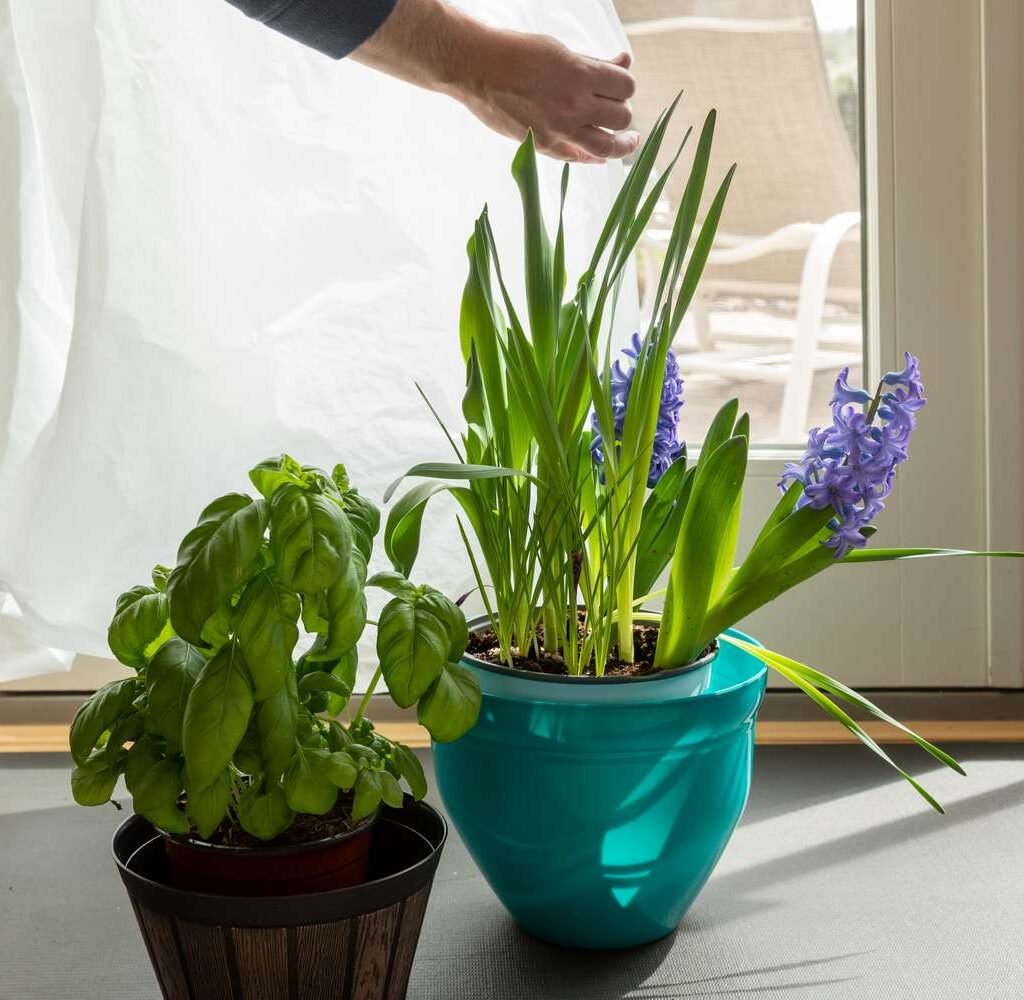
The first step upon returning is careful inspection. Look over each plant individually to determine the extent of stress.
- Leaves: Check for drooping, yellowing, or crispy edges. These are signs of dehydration or nutrient deficiency.
- Soil moisture: Some plants may have dried out completely, while others could have become waterlogged due to automatic watering systems or rainy conditions.
- Pests or mold: Dry conditions can attract pests like spider mites, while overly wet soil can lead to fungal growth.
Documenting the state of each plant helps you prioritize which ones need urgent care and which can be gradually returned to their normal routine.
2. Start With Hydration
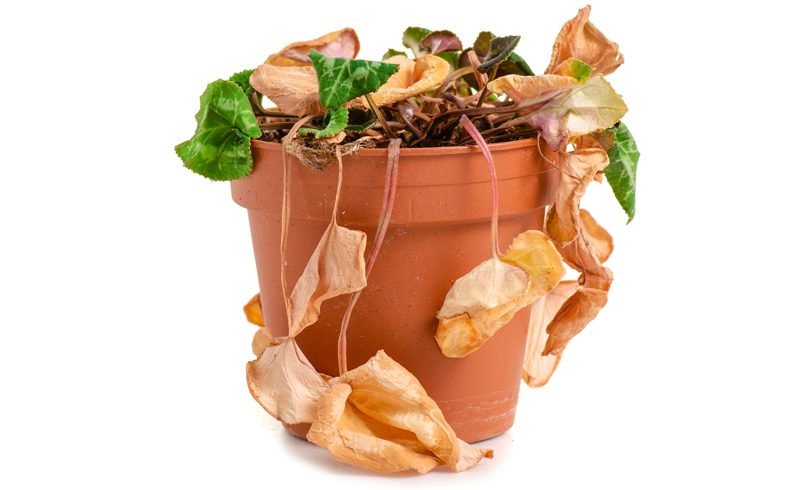
Most vacation-stressed plants suffer from water deprivation. Providing proper hydration is essential, but the method depends on the plant type.
Step-by-Step Rehydration:
- Check soil moisture: Use your finger or a moisture meter. Plants with dry soil need watering; soggy soil should be left to dry slightly.
- Water gradually: Pour water slowly at the base to allow absorption, avoiding runoff or oversaturation.
- Soak if necessary: For severely dried-out plants, immerse the pot in a shallow container of water for 10–15 minutes. This allows the roots to rehydrate evenly.
- Avoid overwatering afterward: Once rehydrated, let the soil drain well. Overwatering can cause root rot in weakened plants.
Hydration is the first step toward recovery, but it must be balanced carefully to avoid additional stress.
3. Remove Damaged or Dead Foliage
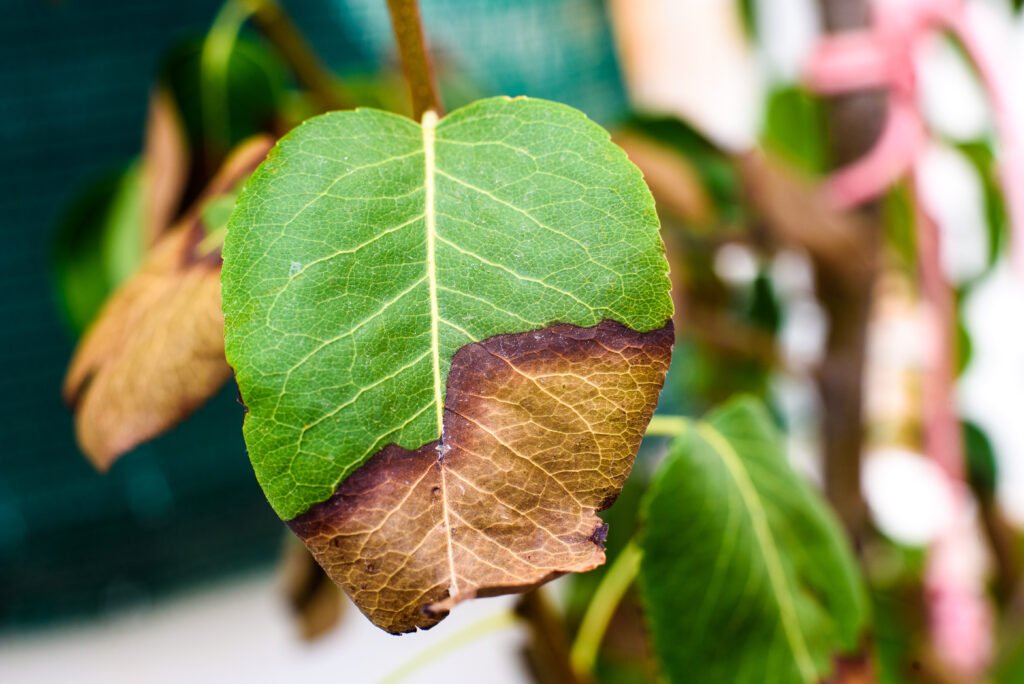
Pruning is critical to help the plant redirect energy toward healthy growth.
- Trim brown or yellow leaves: Dead foliage cannot recover and can harbor pests or disease.
- Remove broken stems: Snip off broken or damaged branches to encourage new growth.
- Clean leaves: Dust and dirt reduce photosynthesis, so gently wipe or rinse leaves.
Healthy leaves are the plant’s energy factories, so removing damaged ones allows your plant to focus on recovery.
4. Adjust Light Exposure Gradually
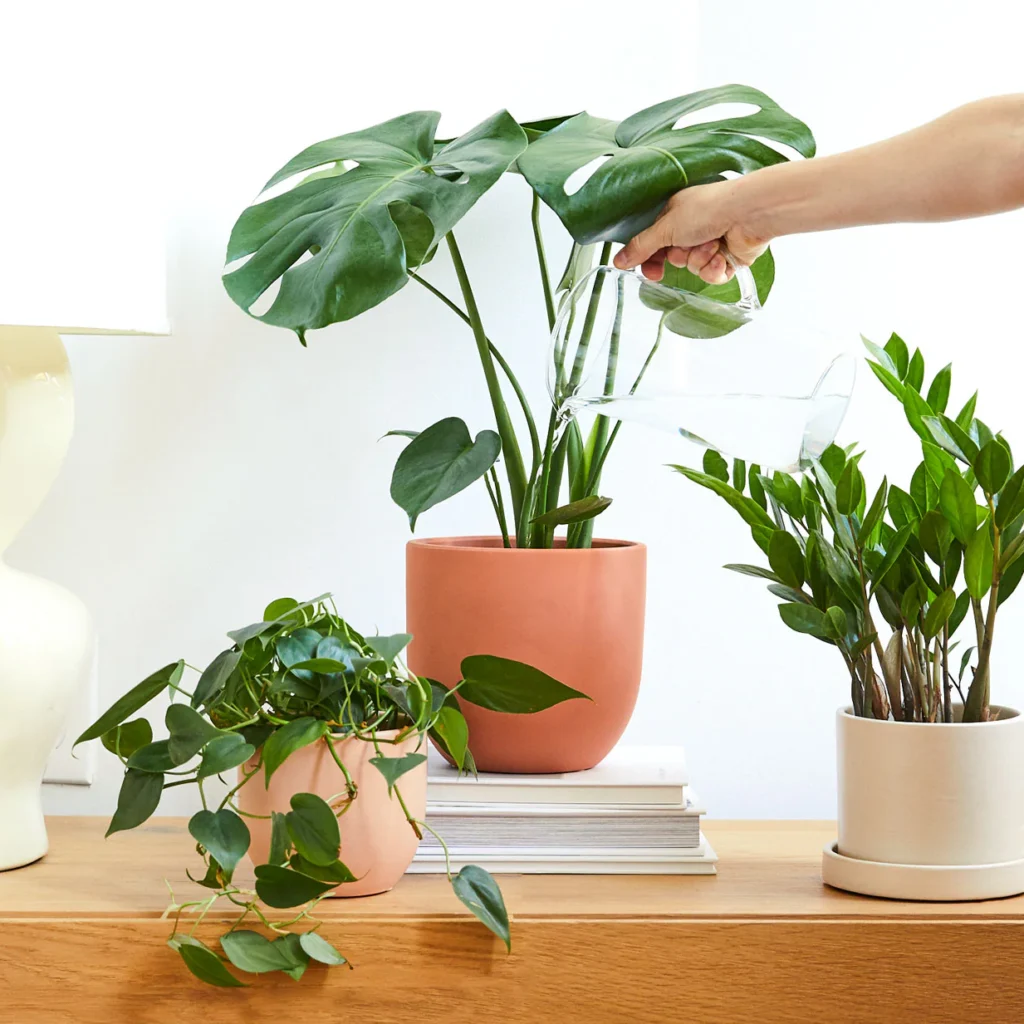
After a vacation, your plants may have been exposed to less light or moved from their optimal position. Abruptly returning them to bright sunlight can cause sunburn or additional stress.
Light Recovery Tips:
- Indoor plants: Move them near their usual light source but gradually reintroduce them to full exposure.
- Outdoor plants: Shade them for a few days if they were partially protected or indoors, then slowly reintroduce them to sunlight.
- Rotate plants weekly to ensure even growth.
Gradual light adjustment helps restore their natural photosynthetic rhythm.
5. Check Soil and Repot if Necessary
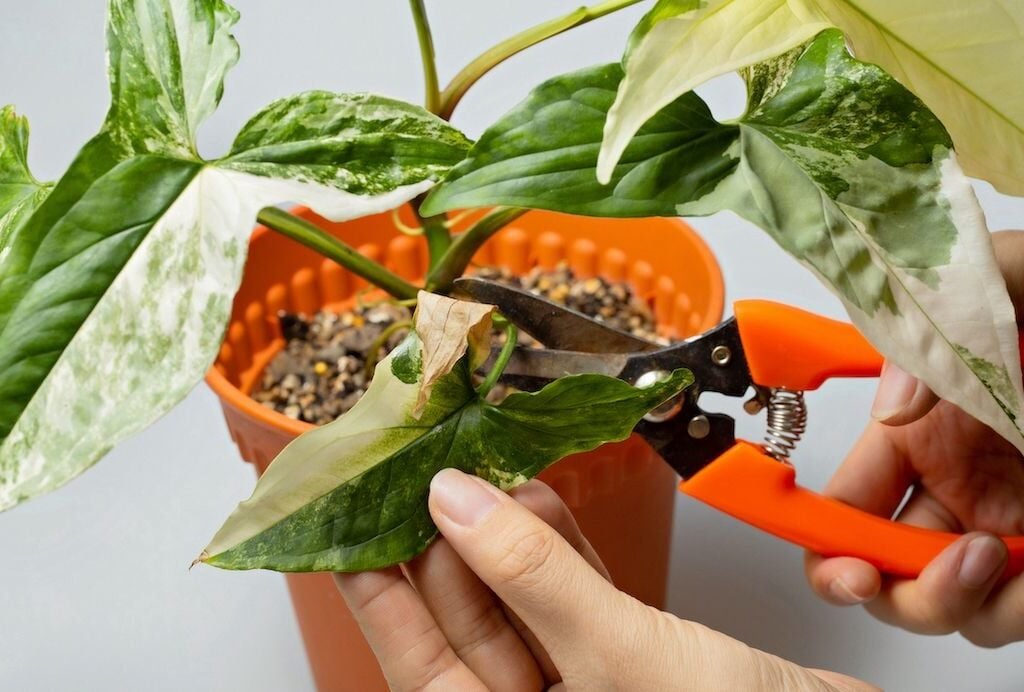
Soil quality may have deteriorated while you were away. Salts and minerals can build up, and overwatered soil can become compacted or moldy.
- Inspect the soil: If it’s hard, crusty, or smells sour, it may need refreshing.
- Repot weak or root-bound plants: Use fresh, well-draining soil to promote root health.
- Fertilize lightly: After the plant shows signs of recovery (usually new leaves or stems), resume regular feeding to replenish nutrients.
Healthy soil is the foundation of plant recovery, and addressing this early accelerates revival.
6. Reestablish Proper Humidity
Indoor plants, particularly tropical species, may suffer from dry air during your absence. Leaf tips can brown, and plants may appear wilted even after watering.
- Group plants together: This creates a humid microclimate.
- Use pebble trays or a humidifier: Add moisture around plants to mimic natural tropical conditions.
- Mist leaves carefully: Only lightly mist to avoid fungal issues.
Restoring humidity is particularly important for ferns, calatheas, and other tropical plants that are sensitive to dry air.
7. Monitor for Pests and Diseases
Vacation stress can weaken plants, making them more susceptible to pests and disease. Inspect carefully:
- Check leaves, stems, and soil: Look for mites, aphids, mealybugs, or fungal growth.
- Treat promptly: Use neem oil, insecticidal soap, or other organic solutions depending on the issue.
- Isolate affected plants: Prevent infestation spread to healthy plants.
Early intervention prevents minor issues from escalating into major problems.
8. Adjust Watering Schedule for Recovery
Plants often need a temporary change in watering after a period of stress:
- Dehydrated plants: Water thoroughly but allow soil to dry slightly between sessions.
- Overwatered plants: Ensure soil drains well; reduce watering until roots recover.
- Observation: Monitor leaves and soil daily for signs of stress, adjusting as needed.
Consistency and moderation are key to stabilizing plants post-vacation.
9. Encourage New Growth
Once your plants have stabilized, help them regain vigor:
- Light pruning: Encourage bushier growth and remove old or unproductive stems.
- Fertilization: Use a balanced, diluted fertilizer to provide nutrients for new shoots.
- Support weak stems: Stake tall or floppy plants to prevent further stress.
By promoting new growth, your plants can quickly regain their natural shape and vitality.
10. Prevent Future Stress During Vacations
Reviving plants after a trip is easier if you prepare for the next vacation. Consider these strategies:
- Watering systems: Use self-watering spikes, capillary mats, or a drip irrigation system for long trips.
- Move sensitive plants: Place them in areas with consistent light and temperature.
- Delegate care: Ask a friend or neighbor to check and water plants if necessary.
- Group plants together: Creates humidity and makes watering more manageable.
- Use slow-release fertilizers: Provides nutrients over the vacation period.
Preparation reduces the likelihood of severe stress and minimizes post-vacation recovery work.
11. Special Care for Different Plant Types
Different species recover differently:
- Tropical plants: Sensitive to humidity and temperature; focus on moisture and gentle light reintroduction.
- Succulents and cacti: May need only light watering; avoid overhydration.
- Flowering plants: Deadhead spent flowers to encourage blooms; fertilize lightly after recovery.
- Herbs and vegetables: Prune damaged leaves and resume regular watering and feeding gradually.
Knowing your plant type ensures the most effective revival strategy.
12. Patience is Key
Reviving plants is not an instant process. Some species may take weeks to fully recover, and occasional leaf loss is normal. Track progress carefully:
- Monitor new leaf growth and stem firmness.
- Watch for color improvement in leaves.
- Adjust care routines gradually rather than making drastic changes.
With patience and consistent attention, most plants bounce back stronger than before.
Conclusion
Coming back from vacation to find drooping or stressed plants can be alarming, but most greenery is remarkably resilient. By assessing damage, rehydrating properly, pruning dead leaves, adjusting light, restoring humidity, monitoring pests, and encouraging new growth, you can revive your plants and help them thrive again.
Remember, the key is to act quickly but gently—giving your plants the right environment and care after a period of neglect ensures they regain their strength, beauty, and vitality. With these strategies, vacation-stressed plants can bounce back fully, rewarding you with lush foliage, vibrant blooms, and a healthier indoor or outdoor garden.
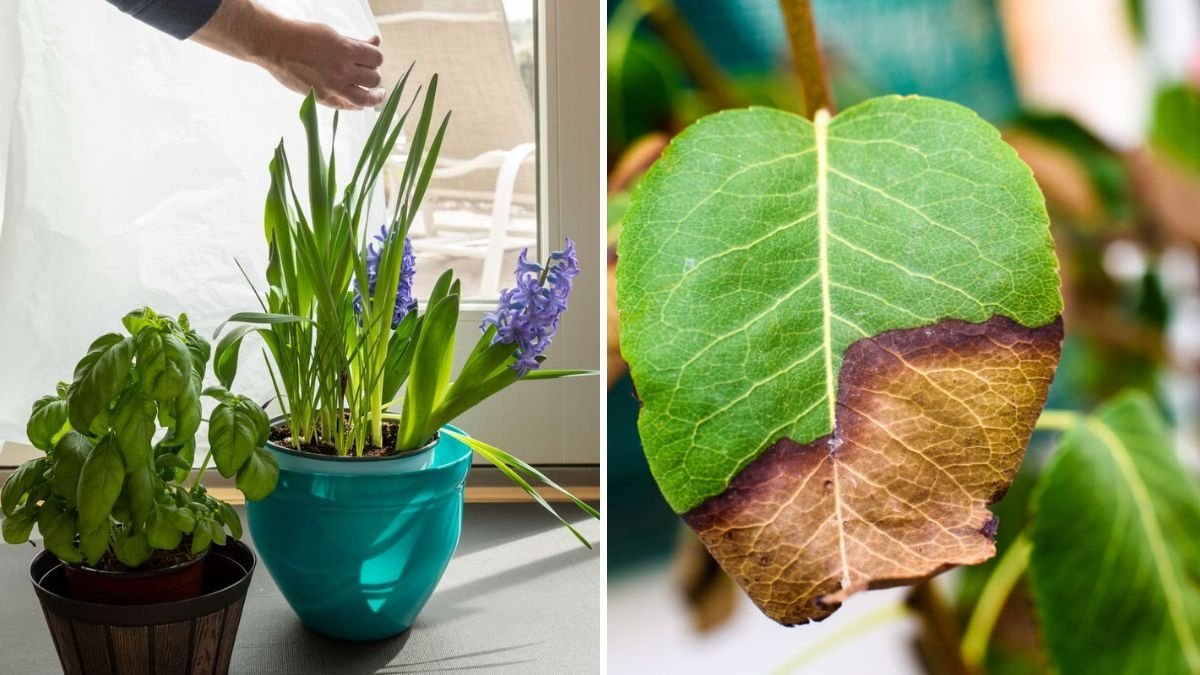




Leave A Comment